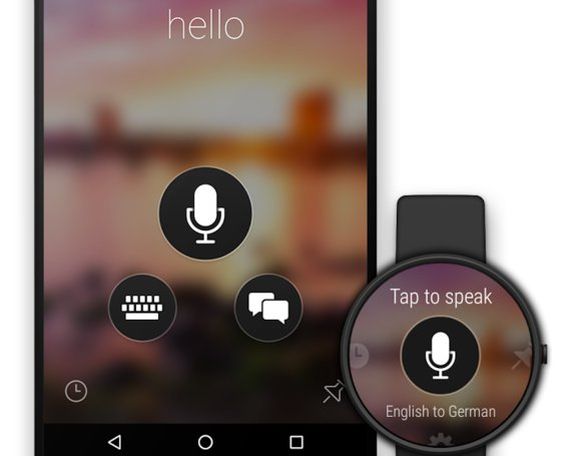Although not as well known as Google Translator, Microsoft Translator is a uniquely complete tool, and it is well worth giving it a try. Microsoft has been working for some time now on this tool which, for example, is integrated into its web search engine, Bing, and also has applications for both computers and mobile devices with Android as well as iOS and iPad.
Over time, Microsoft Translate functions have also been added to other Redmond applications and services, such as Office, and if you visit Microsoft web pages, especially those with a more technical profile, you will find that some of them, those that have not been translated manually, have a translation performed by Microsoft Translator that, although far from perfect, in the vast majority of cases offers a more than satisfactory result.

Also, in a combination to achieve greater reach and help preserve less widespread languages and languages, Microsoft Translator has added nine new languages to the service, as reported in its blog, thus reaching a total of 83 languages, some of them with various dialects and multiple writing systems. These are the nine most recent additions:
Southeast Asia
Khmer – Khmer is spoken by some 16 million people. It is the official language of Cambodia, as well as a minority language in Thailand and Vietnam.
Lao – The official language of Laos, Lao is spoken by an estimated 30 million people in Laos and neighboring Thailand and Vietnam.
Myanmar – Myanmar is spoken by an estimated 38 million people in the nation of Myanmar, in neighboring countries, and around the world.
Nepali – Nepali is spoken by an estimated 16 million people in Nepal, Bhutan, India, Myanmar, and around the world.
Central Asia
Armenian – Armenian is spoken by about 7 million people worldwide. It is the official language of the country of Armenia but is widespread in Central and Southwest Asia and Eastern Europe. There are also significant populations of Armenian speakers in eastern Canada and the western United States.
Azerbaijani – Azerbaijani is a Turkic language spoken by approximately 23 million people in Azerbaijan, northern Iran, and eastern Turkey.
East African
Amharic – Amharic is spoken in Ethiopia and the extreme south of the Middle East. It is a Semitic language related to Arabic and Hebrew and is spoken by about 22 million people worldwide.
Tigrinya – Tigrinya language, native to Eritrea and northern Ethiopia, is spoken by nearly 11 million people worldwide.
Eastern European
Albanian – Albanian is spoken by about 8 million people in Albania, surrounding countries in the Balkan region of southeastern Europe and around the world. It is an Indo-European language that is not related to any other modern language.
We thought it was interesting to add the list, exactly as we can find it in the blog because as you may have already deduced, it is an automatic translation made by Microsoft Translator, not a manual translation. As we mentioned before, some aspects could be improved, for example, it would have been more correct to speak of Central Asia than Central Asia, and at the beginning of the description of some of the languages, the article before the name is missing. Even so, this Microsoft Translator translation seems to me to be an excellent example of what it can do.
If we add the users of the nine new languages, we see that the potential reach of Microsoft Translator grows by about 170 million people, a golden opportunity to continue reaching new users. And this, added to the incorporation of Microsoft Translator technology to more services and tools, translates into a great potential for growth, which we will have to see if Redmond knows how to take advantage of.





